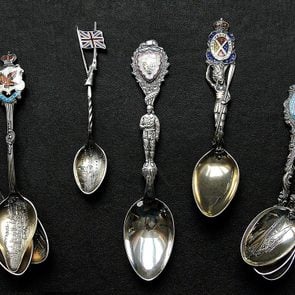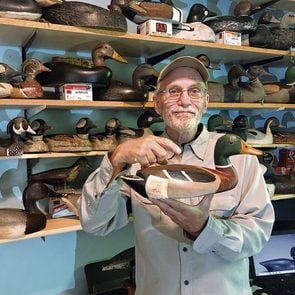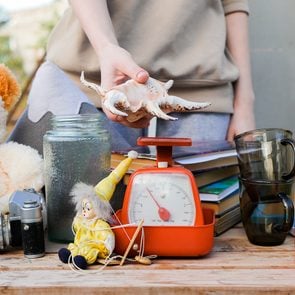This French Comic Strip Character Remains Highly Collectible, 120 Years On
Remembering “Bécassine,” the charming housemaid who made everyone smile.
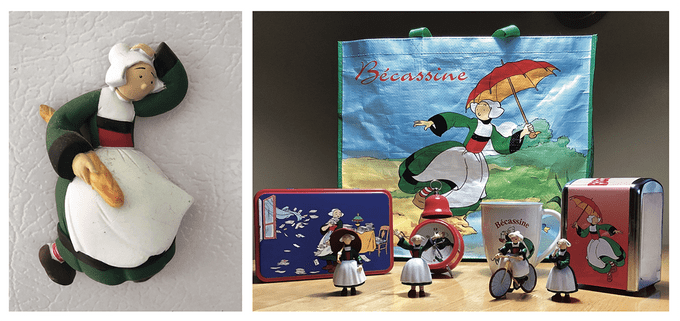
My husband’s cousin, Hélène, my friends Colette and Danielle, and I are part of a devoted and enthusiastic group of people who collect aprons, dolls, figurines, glasses, umbrellas and other collectibles associated with “Bécassine,” a popular French comic strip from the 1900s. The series, featuring a housemaid from the early 20th century, was first published in the magazine La Semaine de Suzette in 1905. It found huge success among young girls at the time. To this day, Bécassine continues to be popular, and many collectibles are still available on the market. The comic strip has also inspired numerous Canadian artists, including stained-glass artist Michel Bélisle.
Every time one of us goes to France, we, as amateur collectors, come back with coasters, some delicious galettes bretonnes (cookies) packed in a Bécassine tin box and any other memorabilia we can find.
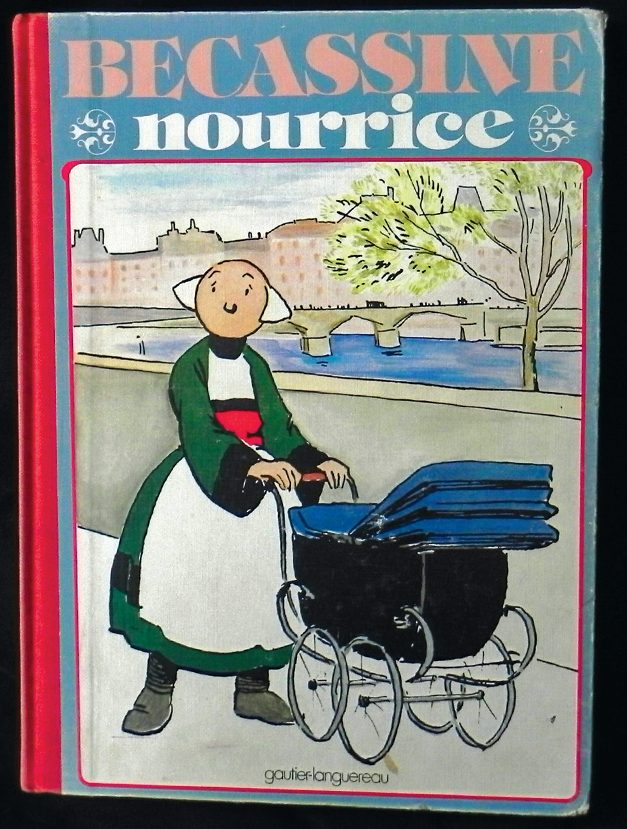
The Origins of Bécassine
The long-time writer of the strip was a woman named Jacqueline Rivière, and the artist who illustrated the series was Émile J.P. Pinchon. Maurice Languereau, known under his pen name “Caumery,” later began to write the stories, while Pinchon continued to illustrate Bécassine’s adventures until 1953.
My friend, Colette, first read the comic strip in a magazine her mother had bought, while my first time picking up a Bécassine was at our public library. The use of pastel colours, the funny sketches, the vintage nanny—it all looked quite unusual to me.
The selling point for me was that her stories took place in France. The comic strip depicted Brittany architecture, traditional folk costumes for both men and women, and used bizarre French terminology and phrases, especially when Bécassine opened her mouth or wrote a letter. In fact, Colette wondered how Bécassine could make so many mistakes in every single sentence.
The comic strip writers named the beloved French-born character Annaïk Labornez. In her fictional universe, there were many babies bearing the same first name, which is why she was given her iconic nickname, Bécassine. The nickname, which in English translates to “snipe,” a small bird species with a long beak, was given to her by Uncle Corentin, her godfather in the comic strip. Uncle Corentin was a very good man, and always helped Bécassine when she got herself in trouble, which happened quite often throughout the series.
Her parents were peasants and worked hard on their pig farm. Bécassine had a favourite pig, named Polycarpe, that was not like the others because of its funny-shaped tail. When she turned six, Bécassine attended the local school. The character was never the brightest in her class, but she always worked hard. She grew up as a peculiar Bretonne girl, full of imagination, constantly asking questions and always had 101 awesome ideas in her head. She later became a protégé for Madame la marquise de Grand-Air, who was a woman of French nobility, and who lived in her castle not too far from Bécassine’s family farm. Bécassine eventually became a housemaid and nanny for Loulotte, the marquise’s granddaughter.
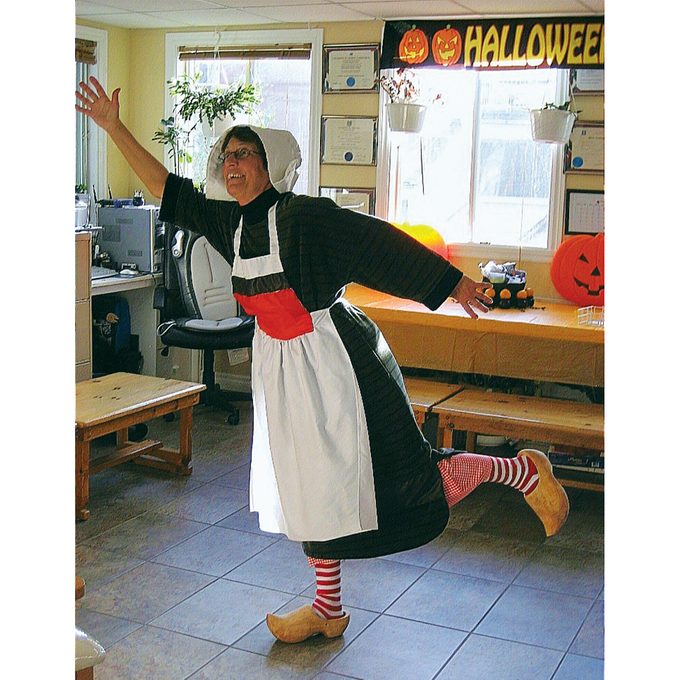
Glimpses of Brittany
Early in his career, artist E.J.P. Pinchon wasn’t earning enough money selling his paintings, and so he started drawing sketches for magazines. When he began illustrating the Bécassine books, readers got glimpses of Brittany in the illustrator’s iconic realistic style. With Pinchon, readers were transported to the northern part of France where the maritime landscape is absolutely astonishing. The first volume that attracted my friend Danielle was a book that her mother had received from her own mother. Danielle asked for more of them for her birthday, which marked the beginning of her love for this fearless Bretonne. In 1931, the publisher launched “Bécassine fait du scoutisme.” Danielle, being a Girl Guide herself, fell totally in love with this particular edition.
Nowadays, even young girls like Zoé, Colette’s granddaughter, are reading and hearing stories about this beloved fictional nanny. My husband’s cousin Hélène even named her cat Bécassine. The cat, who would live for over 21 years, helped Hélène’s kids to learn how to walk, as they would slowly follow the feline’s tail.
We all continue looking for items depicting “la petite Bretonne” in her traditional getup. But one thing is for sure, Bécassine will forever make us smile.
Next, check out these quirky Canadian museums.
